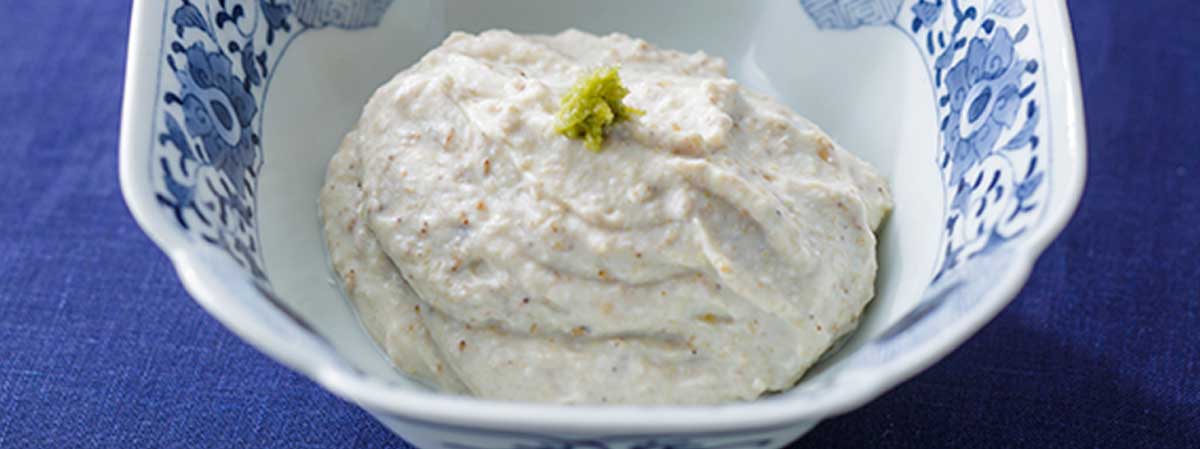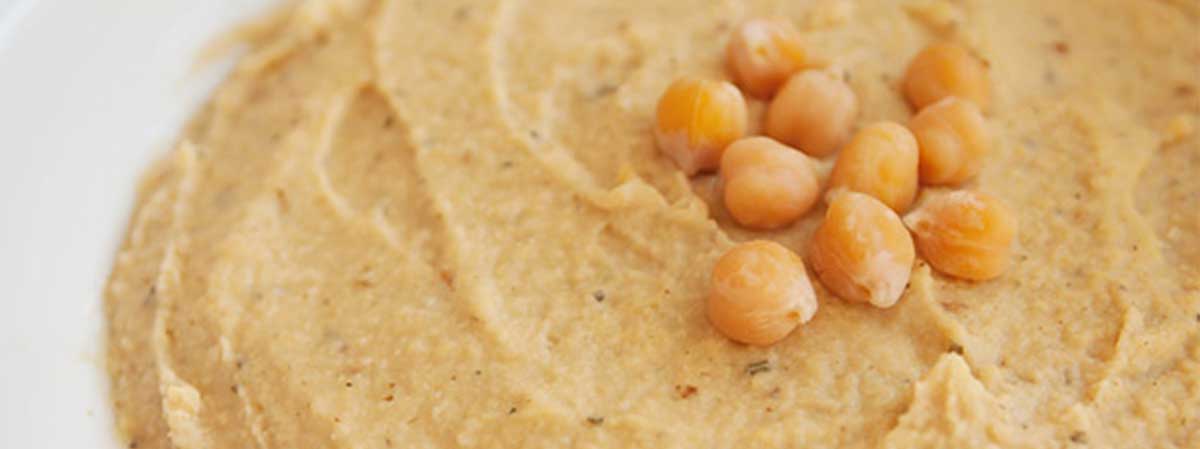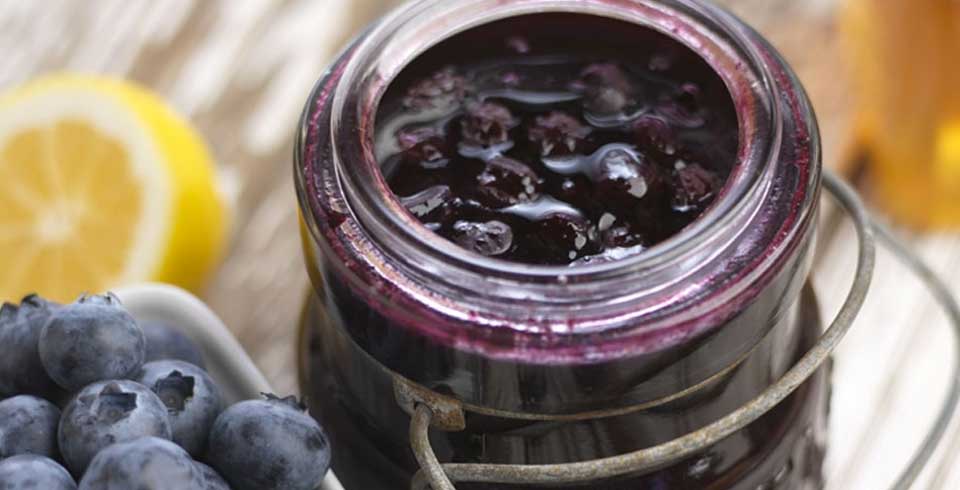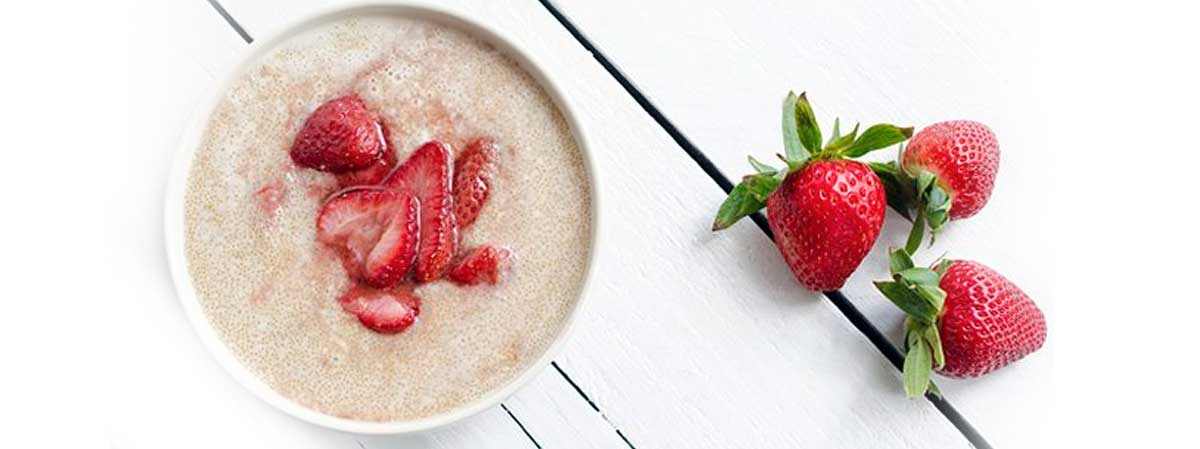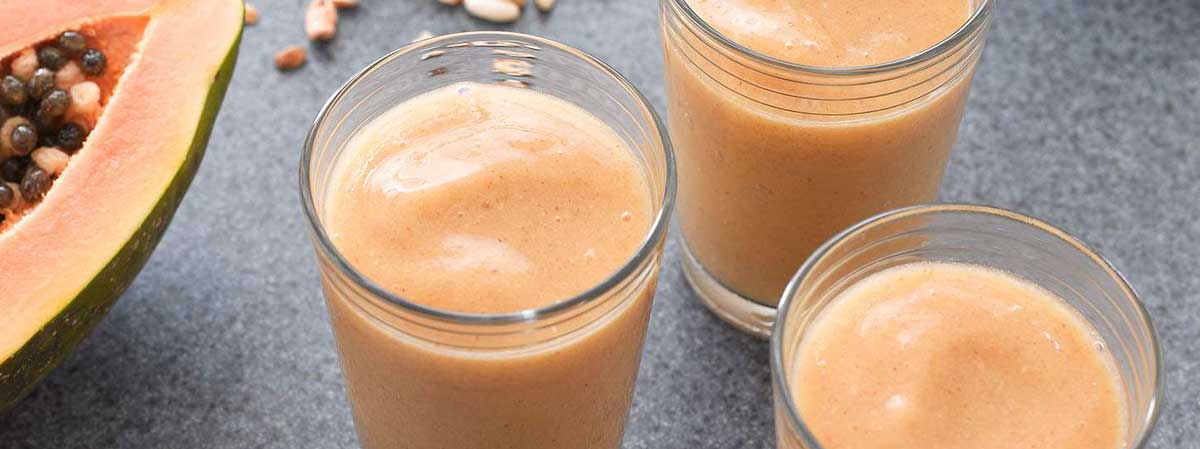In an ideal world we would only eat whole foods. But, we all usually rely on a few packaged foods as staples. I always tell my clients that reading labels is truly a form of make a healthy diet. Food labels provide nutritional information and help you to make good choices. It also can puts you back in control of what you’re eating that contribute to a healthy diet.
What is in a food label?
It provides the following information:
- Ingredient list
It should be the very first thing you look at. Ingredients are listed in order by weight, the first ingredient listed is the one that weighs the most and less of the ingredients at the end of the list. - Serving size
Look at the calories per serving and how many servings you are actually consuming if you eat the whole package. If you double the servings you eat, you double the calories and nutrients. - Calories
A calorie is a way to measure how much energy a food provides to your body. The number on the food label shows how many calories are in one serving of that food. - Nutrition Claims
Look at the Terms:
Reduced: simply means it contains at least a 25% reduction from the original product. For example, a reduced sodium soy sauce may contain 25 percent less sodium than the original version, but that doesn’t mean it’s low in sodium.
Low fat: the product contains no more than 3 g of fat per 100 g for solids or 1,5 g of fat per 100 ml for liquids.
Fat-free: this means that the product contains less
than 0.5 g of fat per serving. These foods may also be
labeled “nonfat” or “zero fat”.
Low Saturated Fat: may only be made if the sum of saturated fatty acids and trans-fatty acids in the product does not exceed 1,5 g per 100 g for solids or 0,75 g/100 ml for liquids
Saturated Fat free: only be made where the sum of saturated fat and trans-fatty acids does not exceed 0,1 g of saturated fat per 100 g or 100 ml.
Light / Lite: the term ‘light’ may refer to the texture, colour or taste of the product. The characteristic that makes the food ‘light’ must be stated on the label.
High fiber: at least 6g of fibre per 100g of food. - Total fat
Shows how much fat is in a single serving of food. Fats are an important source of energy and helps the body absorb soluble vitamins A,D,E,and K.
High: more than 20g of fat per 100g
Low : 3g of fat or less per 100gMost of the fats you eat should come from unsaturated fats monounsaturated and polyunsaturated fats, which are found in fish, nuts, and vegetable oils. - Saturated fats
it is usually hard at room temperature. This is a type of fat that comes mainly from animal sources of food, such as red meat, poultry and full-fat dairy products and in plant foods like palm and coconut oil.High: more than 5g of saturated fat per 100g
Low: 1.5g of saturated fat or less per 100g - Trans fats
most trans fats are made from oils through a food processing method called partial hydrogenation. when hydrogen is added to vegetable oil, changing it from a liquid into a more solid form at room temperature such as margarine. Trans fats lower HDL levels and raise LDL. This can increase your risk of cardiovascular disease. - Total Carbohydrate
This amount covers all carbohydrates, including fiber and sugar. The best sources of carbohydrates are fruits and vegetables, along with whole-grain foods like cereals, breads, pasta, and brown rice. Most of your daily calorie intake should come from complex carbohydrates. - Sugar
Are listed separately under total carbohydrates. Sometimes manufacturers cut back on fat but add sugar to keep a food tasting good. You may notice that some low-fat foods have nearly as many calories as their regular versions. White sugar or table sugar is highly processed. Instead of white sugar, look for less-processed sugars such as Honey, Coconut sugar, Molasses, which contains some nutritional benefits. Remember even though these types of sugars have more nutritional value than other processed sugars, they’re still sugars, and should be kept to a minimum. Sugar can masquerade under many different names. Look out for the following terms: palm sugar, corn syrup, hydrolysed starch, dextrose, fructose, galactose, glucose, lactose, levulose, maltose, sucrose, mannitol, sorbitol, xylitol, beet sugar, corn sugar, corn sweetener, high fructose corn syrup, invert sugar, isomalt, maple sugar, maltodextrin, sorghum sugar. You might even find more than one listed. These are all just variations on high-calorie, low-nutrient, added sugar.High: over 15g of total sugars per 100g
Low: 5g of total sugars or less per 100g - Sodium/ Salt
Almost all foods contain sodium because it adds flavour and helps preserve food. Processed, packaged, and canned foods usually have more sodium than freshly made foods. Sodium keep proper body fluid balance and helps the body transmit electrical signals through nerves. But too much sodium can increase water retention and blood pressure.
1g of sodium per 100g = 2.5 grams of salt per 100gThe recommendation amount of sodium for adults is 2.4g sodium/ 6g of salt a day.
Salt levels should be much lower than this for babies and children.Babies should have less than 1g of salt a day. The daily recommended maximum amount of salt children should eat depends on their age:
• 1 to 3 years – 2g of salt a day (0.8g sodium)
• 4 to 6 years – 3g of salt a day (1.2g sodium)
• 7 to 10 years – 5g of salt a day (2g sodium)
• 11 years and over – 6g of salt a day (2.4g sodium)
High: > 1.5g salt per 100g (or 0.6g sodium)
Low: < 0.3g salt or less per 100g (or 0.1g sodium) - Fiber
Fiber is not digested and helps keep your digestive system healthy. Fiber can also help reduce cholesterol levels and it can help you feel full. It also helps prevent big swings in blood sugar, and keep your colon healthy.
The recommended average intake for adults is 18g a day for a 2,000 calorie a day. Remember you may need to consume less or more than 2,000 calories depending upon your age, gender, activity level, and whether you’re trying to lose, gain or maintain your weight. Check it with your nutritionist.





